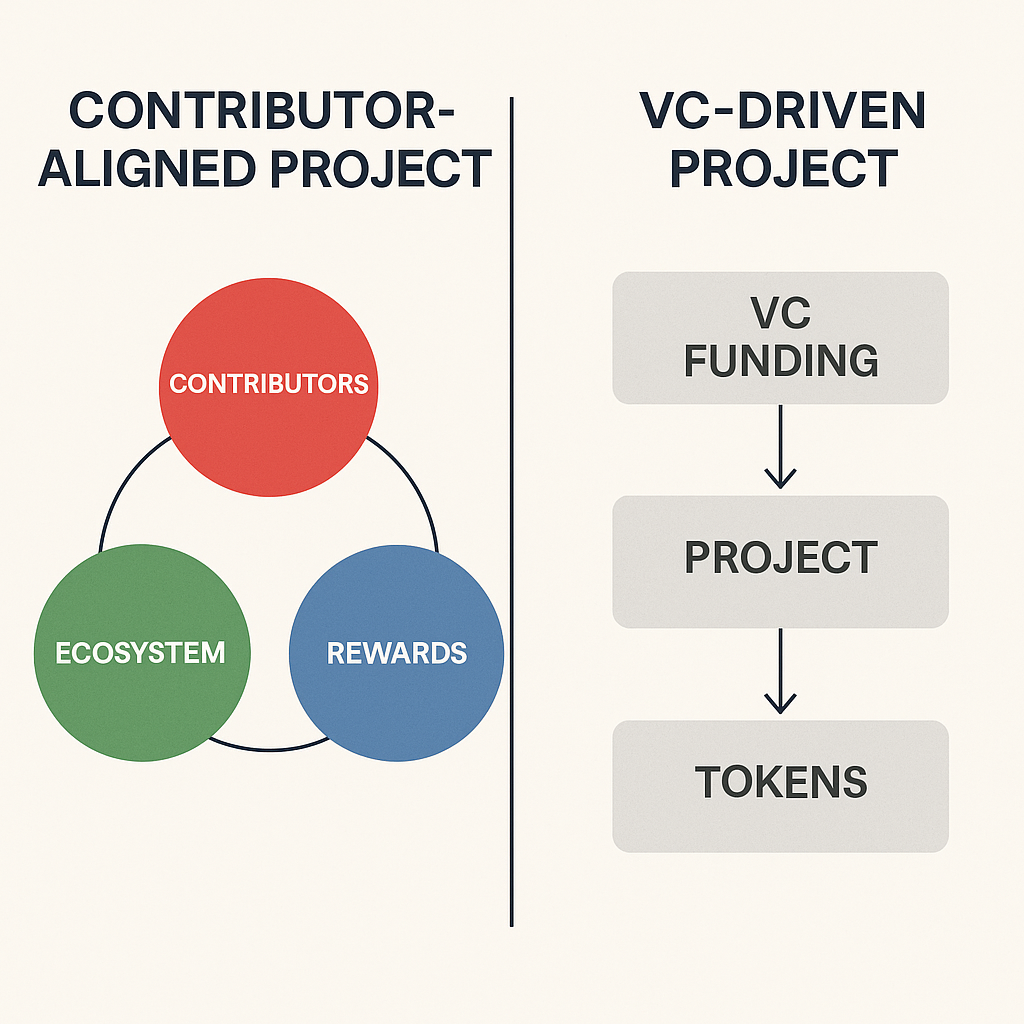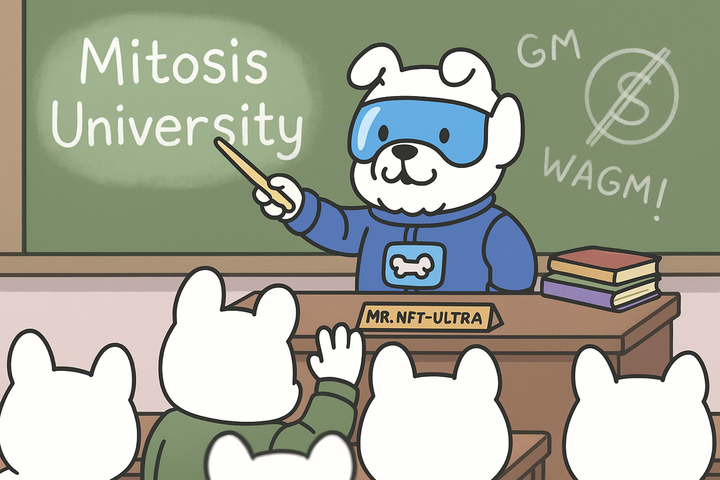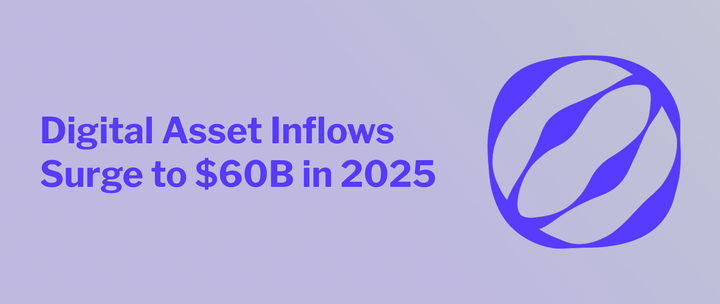How to Spot a Web3 Project Worth Contributing To

A Practical Guide to Finding Rewarding, Contributor-Friendly Protocols
Hype, Funding, OR Amazing Tech??
In a space where news fly and funding announcements flood timelines, contributors in Web3 often ask:
“How do I know if this project is actually worth my time and effort?”
Is it about how much VC(Venture Capitalist) money they’ve raised?
Or is it about the tech and infrastructure they're building?
Or maybe… something else?
Let’s dive into understanding essential metrics on how to truly spot a high-potential Web3 project that rewards you well for contributing and aligns with long-term impact.
1. 💰 VC Money is a Signal but it is not the Destination
Seeing a project raise $10M+ from big-name venture capitalists like a16z, Sequoia, or Paradigm is exciting. It suggests confidence and potential access to talent. But here’s the truth:
Funding ≠ Fundamentals.
Some of the most explosive crashes in Web3 ,think Terra, FTX were backed by deep VC pockets. Yet they failed either due to flawed tokenomics, poor governance, or unethical practices.
Lesson: VC funding means little if the project lacks real utility, transparency, or community alignment.
Ask yourself:
- Who owns the majority of the tokens?
- How is that capital being used ? is it for product development or promotional stunts?
- What happens when VCs want to exit?
2. Focus on Infrastructure, Vision, and Execution
The best Web3 projects solve a real problem with a technical edge.
This could be:
- A protocol enabling cross-chain liquidity (e.g., Mitosis)
- A zk-based privacy solution for DeFi (e.g., Aztec)
- A modular framework for DAOs or on-chain governance (e.g., Aragon)
Look out for:
- Clear problem-solution fit
- Open-source documentation and GitHub activity
- Whitepapers or litepapers with technical depth, not fluff
If a project can’t explain what it’s solving in a sentence, be careful.
3. 🌱 Contributor-Friendly Ecosystems Win in the Long Run
Projects that want contributors build mechanisms to attract and reward them sustainably.
This includes:
- Testnet missions and XP systems
- Ecosystem grants or bounties
- Roles for writers, developers, designers, meme creators.
Look at how they’re rewarding contributions, not just token speculation.
Examples:
- Optimism’s RetroPGF lets contributors earn retroactively based on impact.
- Mitosis Missions incentivize writers, researchers, and builders with structured tasks.
- Arbitrum STIP supports ecosystem growth through builder-focused funding.
These are projects that understand community is the foundation.
4. Tokenomics: Built For You or Just the Insiders?
A token alone isn’t enough but how it's distributed matters more.
Check:
- What % of the supply is reserved for contributors or the community?
- Is there a fair vesting schedule?
- Can early participants benefit or are insiders taking the lion’s share?
Some of the best projects don’t launch a token early. That’s okay as long as the value capture aligns with value creation.
5. 💬 Community Culture Can Make or Break It
Not everything is code. A project’s culture often determines its survivability.
Look for:
- Transparent governance
- Active and welcoming Discord/Telegram
- Clear documentation and onboarding for new contributors
- Builders who reply to questions, not just influencers selling hype
The culture tells you whether this is a short-term hype cycle or a long-term movement.
6. ♻️ Ecosystem Flywheel: Are Users and Builders Creating Loops?
The best ecosystems are like living organisms. They grow because:
- Users attract developers
- Developers build tools that attract more users
- Liquidity and usage bring value to contributors and token holders
This is where network connections form and once they do, it’s hard to stop.
Contribute early to flywheels, not silos.
🧠 Conclusion :
In Web3, time is your most valuable asset — more than money.
So before you start contributing your energy, ideas, or code to a project, ask yourself:
- Is this just well-funded hype?
- Or is this a platform genuinely enabling people to build, earn, and govern?
The best projects are transparent, infrastructure-first, contributor-focused, and community-aligned.
💡 They don’t just raise capital. They raise a movement.



Comments ()